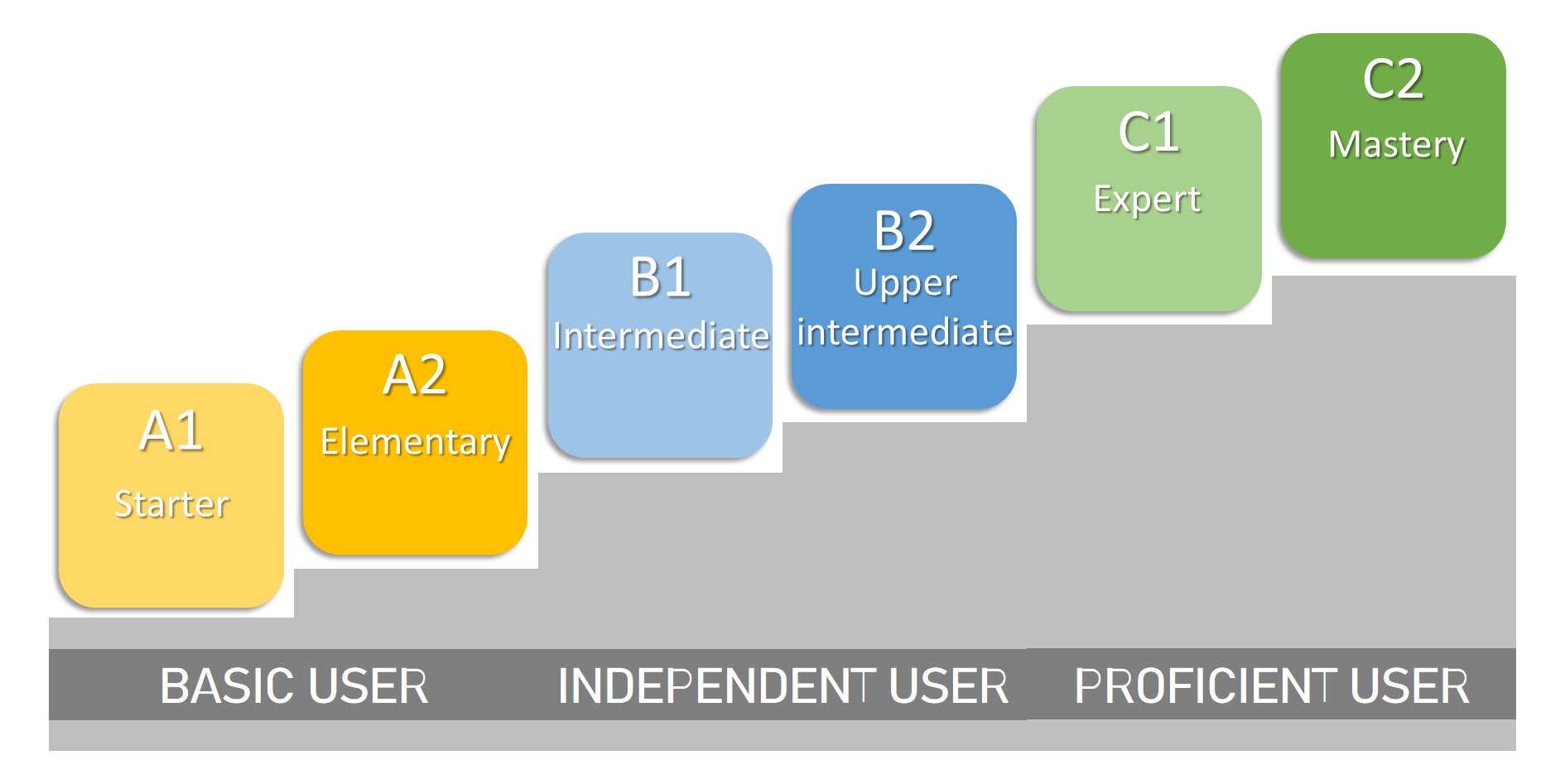Compare Qualifications Across Europe
 Decode the Jargon
Decode the Jargon
How do you estimate the level of qualification of employees and job applicants? Especially if they have achieved the qualification in another country?
As vocational education and training (VET) is set up differently across Europe, the qualifications of VET graduates are not always easy to grasp. A joiner who was trained in Austria may have learned his profession under different conditions and in a different scope than a joiner who was trained in Spain.
Find out what your employees CAN do!
The most useful instrument to compare the level of qualifications of your staff is the European Qualification Framework (EQF). Each qualification has an equivalent level of competence, which means the focus lies on what tasks a persons could do realistically. The EQF level is determined using descriptors that give exactly this kind of information concerning the level of knowledge, skills, and responsibility/autonomy.
In order to reach a certain level of qualification, a person has to go through an education and training process. As everybody has a different pace and biography, comparing these steps towards a certain qualification is not always easy. One way of doing it is using the European Credit System for Vocational Education & Training (ECVET). In a nutshell, the amount of hours spent in a certain training is accumulated and officially credited, so it may be presented in form of the number of ECVET points on a certificate. There is also an equivalent for university level called ECTS. In your role as WBL mentor or HR manager concerned with trainees, you will come across these two terms eventually.
There is one more European instrument that helps you comparing a certain kind of qualification: language skills. The Common European Framework of Reference for Languages (CEFR) divides language skills in easy to grasp codes: from A1 (beginner) to C2 (master/native speaker). Each level is determined by the ability and independence of the speaker and can even pay respect to different areas of competence such as understanding, speaking, and writing. This could be relevant for you, when you are searching for an employee who can accomplish a certain task in relation to language skills such as e-mail communication with clients, for example.

Are you interested in learning more about these three transparency instruments?
Have a look at the following case studies to immerse deeper into this area and get a better understanding how these tools are put into practice.
